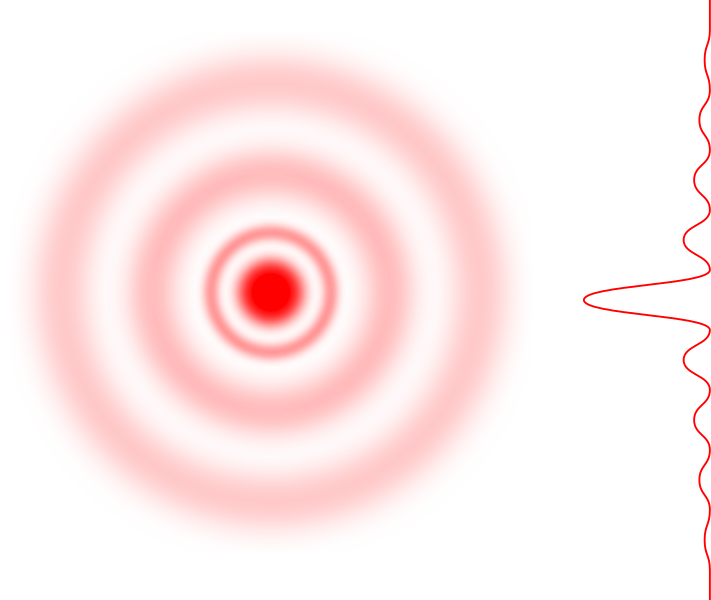Professor David Grier and David Ruffner (graduate student), working at the Department of Physics and Centre for Soft Matter Research have published a paper announcing that they have experimentally demonstrated a class of tractor beams[1]. They were able to move microscopic spheres of silica suspended in water over distances of about 30 micrometres.

David G. Grier
The definition of a tractor beam (quoted from the paper) is: A tractor beam is a traveling wave that can transport illuminated material along its length back to its source.
By this definition things like optical tweezers or optical conveyor belts are not technically tractor beams.
The problem
If you think about it, in order for a particle to be pulled by a beam of light, rather than pushed, it has to redirect the momentum of enough photons to overcome the force due to the radiation pressure of the beam.
This can happen if the intensity of light beam changes sufficiently along the axis of the beam. For example, one can use a beam with tightly focused areas.
The method
The tractor beam demonstrated by Ruffner and Grier uses a special kind of laser beam called a Bessel beam laser– the amplitude is given by a Bessel function of the first kind. A perfect Bessel beam would not diffract and spread out as it propagates. (For those that are interested, there is a lot of classical mathematical physics behind Bessel functions)
The team produced two Bessel beams side by side using a lens to angle them so they overlapped. Then by varying the relative phase of the two beams, the particle becomes trapped in an “optical conveyor” which allows the particle to be transported in three dimensions.

Cross-section of the Bessel beam and graph of intensity
Applications
No-one is about to start pulling space craft about using this technique. However, it may find applications in biology rather quickly.
Reference
[1] Optical conveyors: A class of active tractor beams, D. B. Ruffner and D. G. Grier, Physical Review Letters, in press (2012) (download)
Link
Interesting. I’ll have to read the full paper. I could see this having applications in handling hazardous materials, once they can upscale it to handle larger objects. Imagine being able to clean up an oil spill by “tractoring” the oil off the surface of the water.
I presume that the effectiveness is highly dependent on the size of the target molecule/klingon bird of prey – and that might mean that it could be used as a super sensitive molecular sieve. Small water molecules would be ignored wheras larger molecules / particulate matter could be whisked out by the tractor beam – removing impurities or selecting certain macro-molecules from a complex soup of building blocks